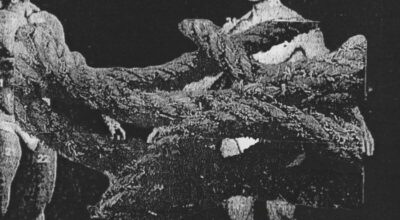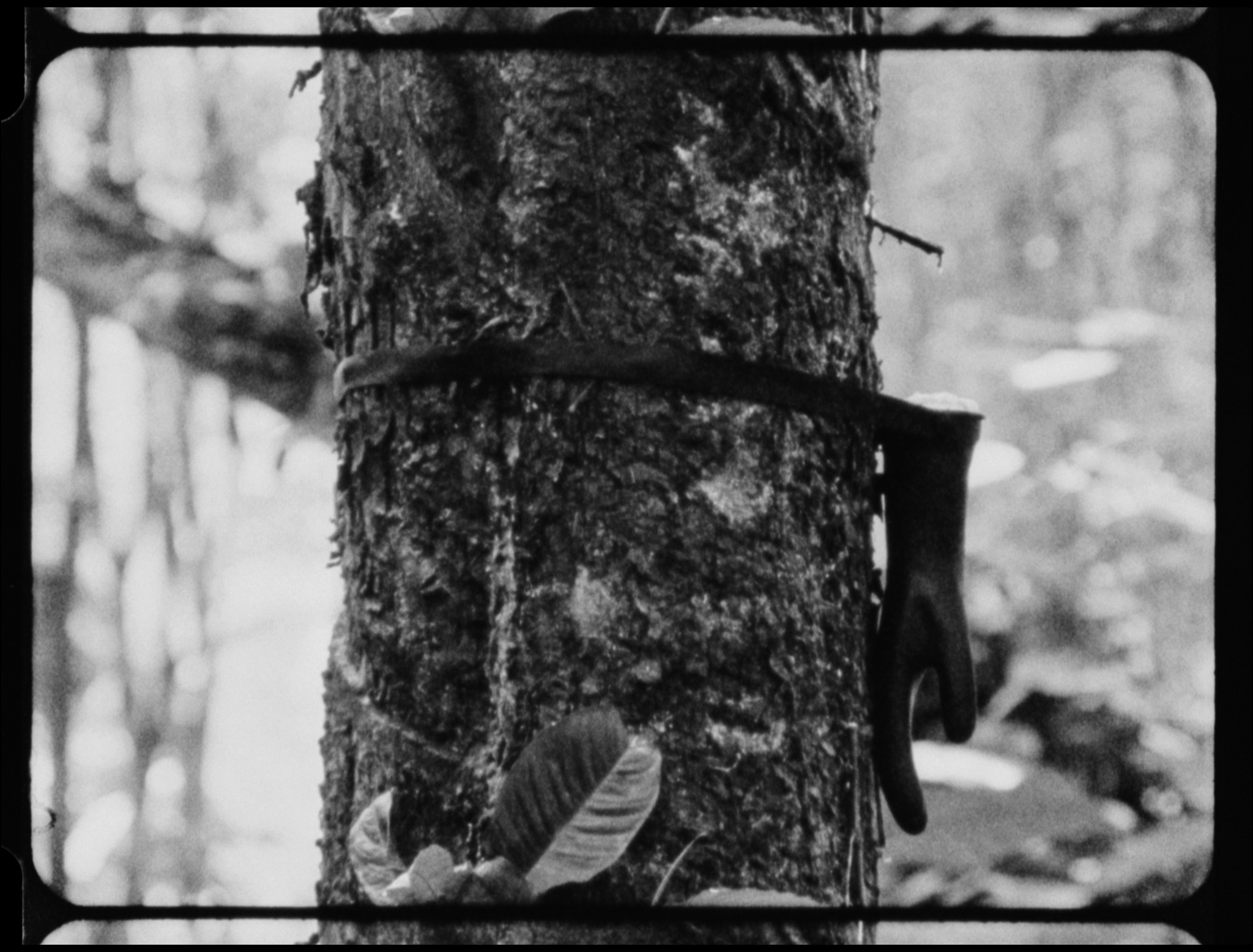
ADRIÁN BALSECA: ROUTING RUBBER
Canal Projects presents ROUTING RUBBER, an exhibition that showcases Ecuadorian artist Adrián Balseca’s (Quito, b. 1989) research on the plantation rubber industry in the Amazon. Produced on black and white, 16mm film, The Skin of Labour (2016) and its accompanying archive, provide a historical revision of the Amazon’s rubber boom, which saw its highest production from the years 1879 to 1912. Through the project, Balseca challenges the idea of the Amazon as a natural horizon, centering this territory as the origin of industrial modernity.
Balseca’s practice broadly focuses on South America’s extractive histories and contemplates their environmental impacts. Producing installations, photographs, and objects, the artist tracks trajectories of economic exploitation that allow for reflections upon the physical, economic, and epistemic violence contained within the modes of production of multinational capitalist networks. Often beginning with site-specific interventions based on banal yet symbolic objects, Balseca explores processes of manufacturing by introducing questions of economy, nature, power, and memory.
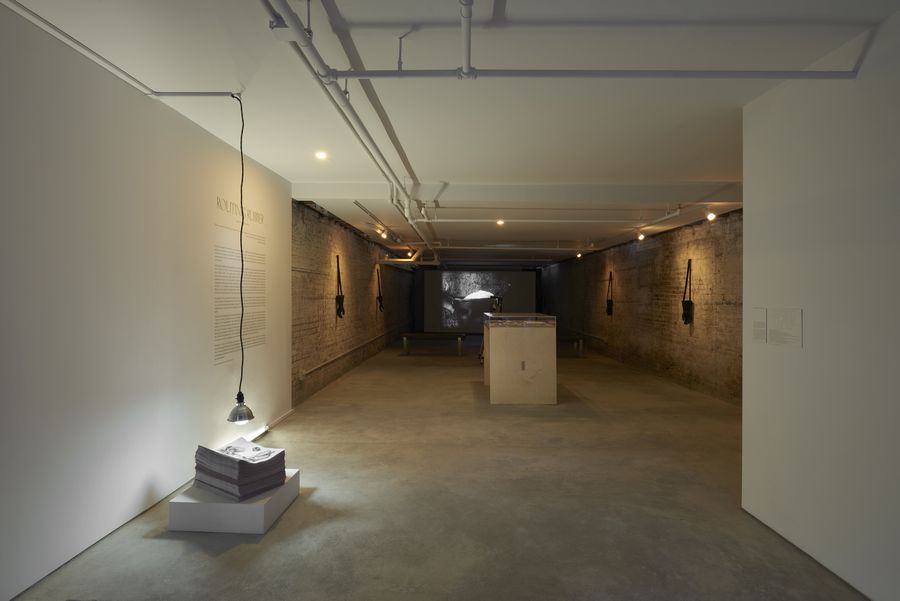
ROUTING RUBBER contends with the Amazon as a hyper-natural site, a site of endlessbiodiversity, or a “jungle pharmacy.” Conversely, the exhibition illuminates a view of the environment that is conditioned by the rules of the free market, as these materialize in the administration of resources, the domestication of land, and the disciplining of labor. Besides offering a material history of the Hevea Brasiliensis (Amazonian rubber trees), the works in the exhibition also leave traces of the labor, the massacres, and the remembrance of a violent modernity.
In the nine-minute silent film The Skin of Labour, Balseca offers a black and white grainy view of several Hevea Brasiliensis––Amazonian rubber trees. In a closeup view of the tree, an incision is visible in the middle of the bark from which a liquid substance runs. Suddenly, what appeared to be a river is revealed to be a milky sap that bleeds out from the bark of a tree.
The film’s accompanying unofficial archive holds carefully selected pamphlets, advertisements, manuals, and other types of ephemera produced by The Goodyear Tire and Rubber Company, The Pan American Union, and the 1939 New York World’s Fairs. The archive, albeit an unofficial and partial selection of ephemera from the period, articulates the close associations that exist between rubber tapping with the growth and development of the automobile industry and superhighways in the United States.
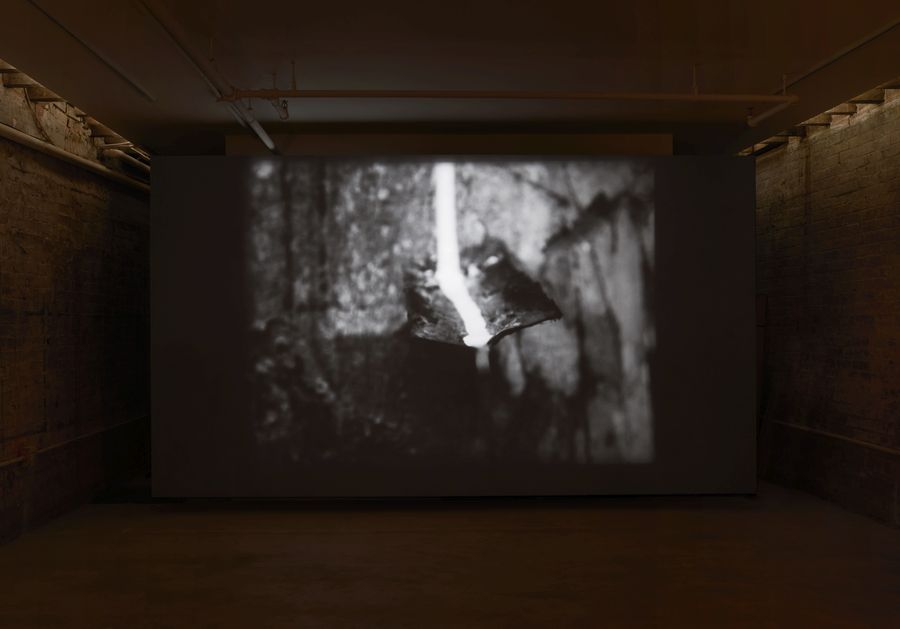
ROUTING RUBBER continues Canal Projects’ commitment to supporting artist projects thatallow audiences to reflect on the visual and material consequences of globalization and its extractive economies. ROUTING RUBBER will, in that regard, open a space of reflection about the fallacies of modern progress by connecting the automobile industry in the United States with the modernization of the Amazon.
Through highlighting the manufacture and trade of latex in the late nineteenth century, which constitutes one the most violent eras in South American history, the exhibition emphasizes the historical construction of the Amazon as a site of inexhaustible resources.
As part of its commitment, Canal Projects will organize public programs in partnership with the More Than Human Rights (MOTH) Project at New York University to shed additional light about Balseca’s exhibition by bringing in expert voices from the Amazon. These programs will continue to create spaces for collaborative knowledge production and the promotion of environmental justice.
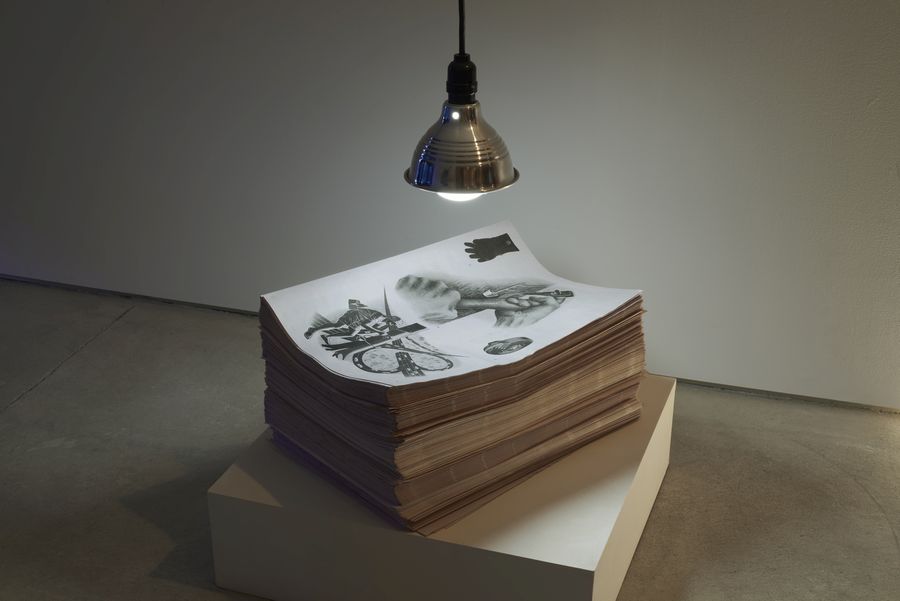


About the Artist
Adrián Balseca was born in Quito, Ecuador in 1989. He lives and works in Buenos Aires. He conducts interdisciplinary, site-specific interventions and actions, produces video documentation and photographic series, and builds sound installations and sculptural objects.
Among other areas, he is interested in the relationship between the rural and the urban, the tensions between artisanal practices and industrial production, and extractive economies and colonial abuses. Many of his proposals critically address the dynamics of extraction and their environmental impact, as well as the historical and economic processes that have contributed to the consolidation of modern development.
He has participated in international exhibitions such as the São Paulo Biennial (2021), Cuenca Biennial, Ecuador (2018) and Cosmopolis at the Centre Pompidou, Paris (2019), among others. He has had solo exhibitions at the Museu da Cidade, São Paulo (2021), Museo de Arte Precolombino Casa del Alabado, Quito (2017) and at the galleries N24, Quito (2021), Madragoa, Lisbon (2019, 2016) and Ginsberg, Lima (2019).
In 2013, he won the inaugural Prémio Brasil Emerging Art Prize, at the Center for Contemporary Art Quito (CAC) and in 2014 he received the Premio Paris at the 12th International Cuenca Biennial: Leaving to return. He was awarded the annual Grants & Commissions Program 2015, at the Cisneros Fontanals Art Foundation (CIFO).
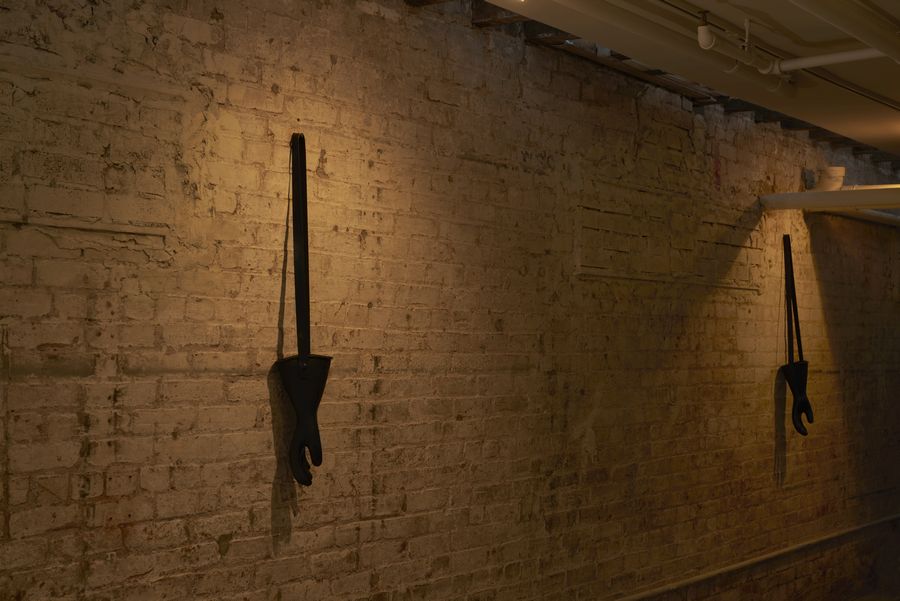
ADRIÁN BALSECA: ROUTING RUBBER
Canal Projects, 351 Canal Street, New York, NY
From January 19 to March 30, 2024,
También te puede interesar
JOSÉ. TERRITORIO Y MEMORIA
José fue asesinado en 2014 y hasta el día de hoy no se ha dado con los responsables que cegaron la vida del líder indígena. Por ello, esta muestra está destinada a aquellos que...
JUAN CARLOS LEÓN: LA CAÍDA DEL JAGUAR
En el Centro de Arte Contemporáneo (CAC) de Quito, Juan Carlos León presenta una investigación artística y teórica sobre el despojo causado por los combustibles fósiles, las agencias industriales en la naturaleza y sus...
EDISON PEÑAFIEL: MARE MAGNVM
A través del video, la animación y la fotografía, Edison Peñafiel (Ecuador, 1985 – vive en EEUU) apunta a desarrollar una variedad de narrativas visuales protagonizadas por personajes basados en historias reales, propias o...

